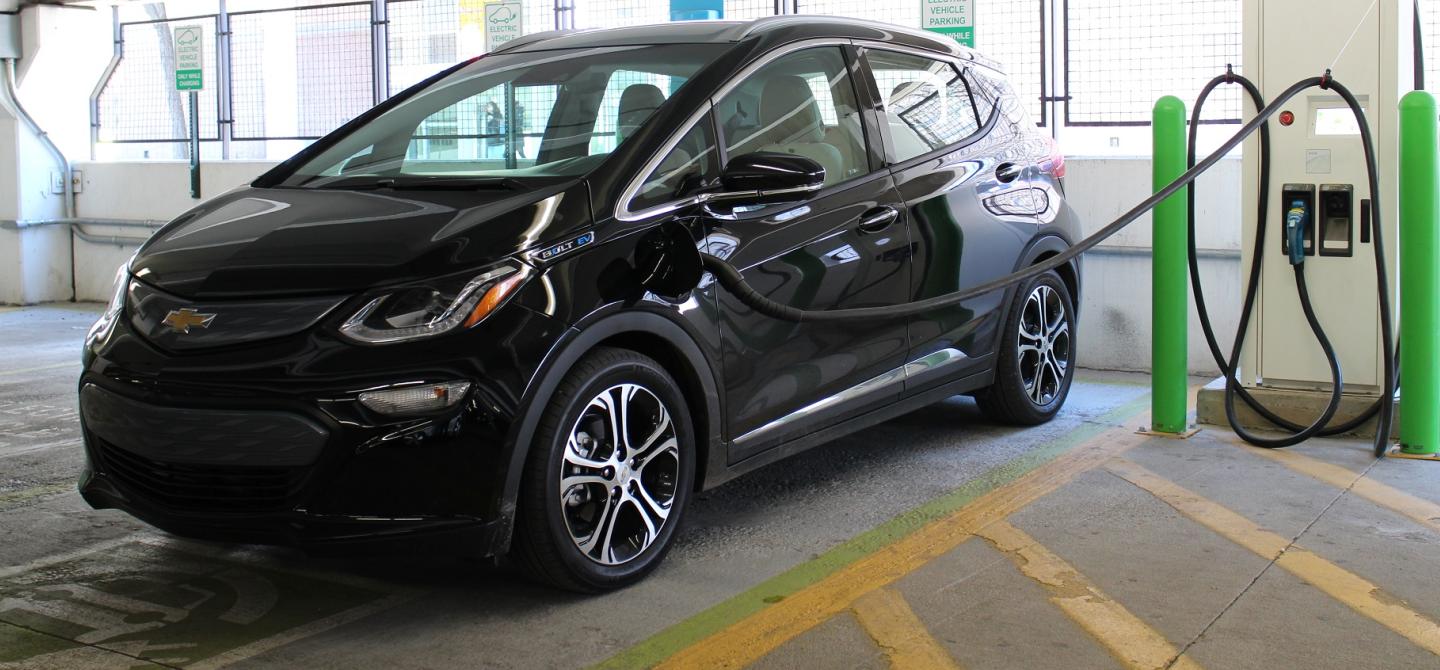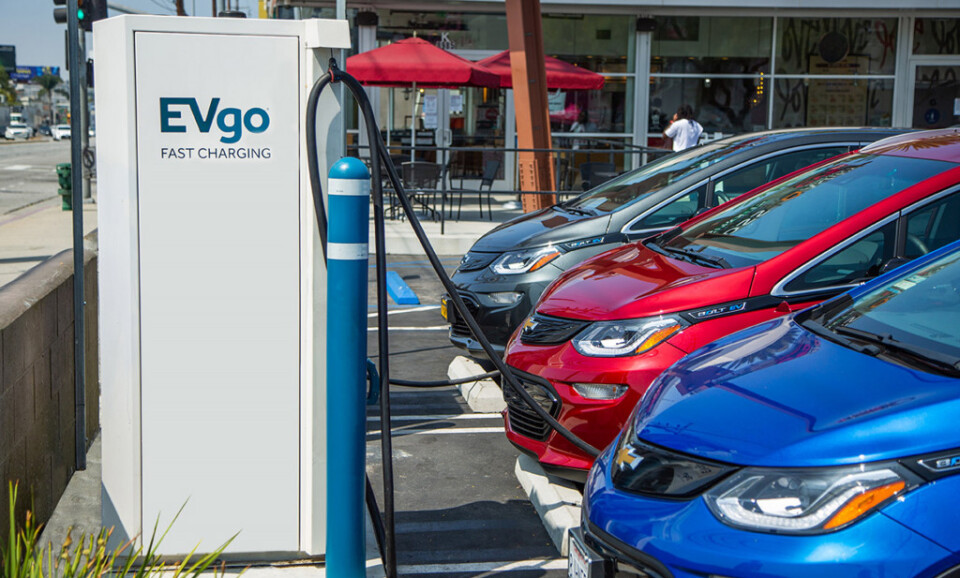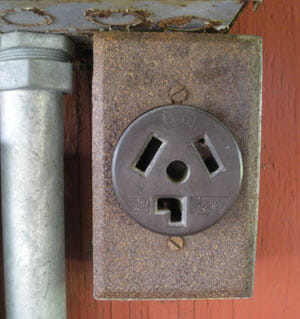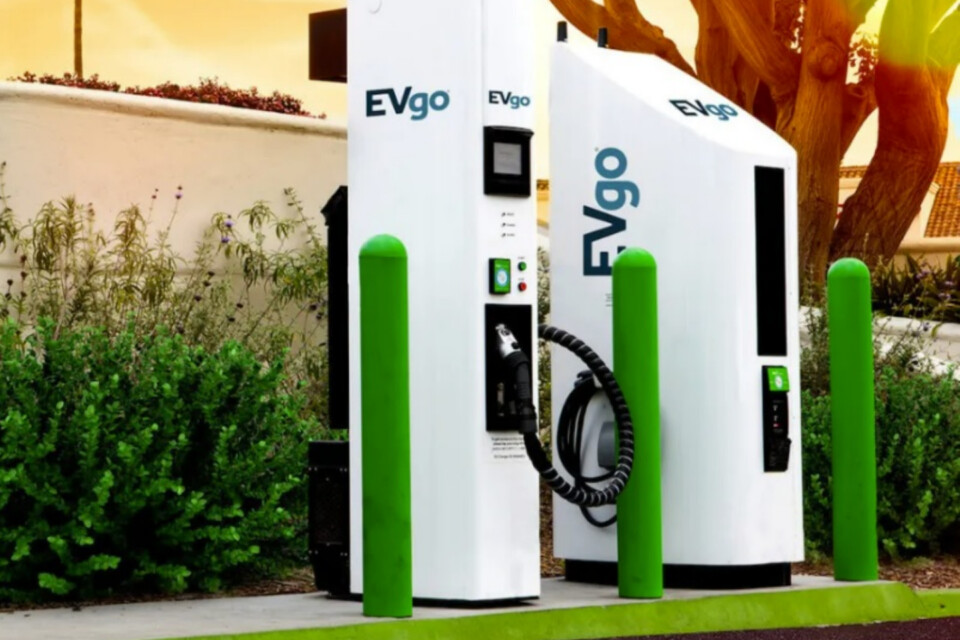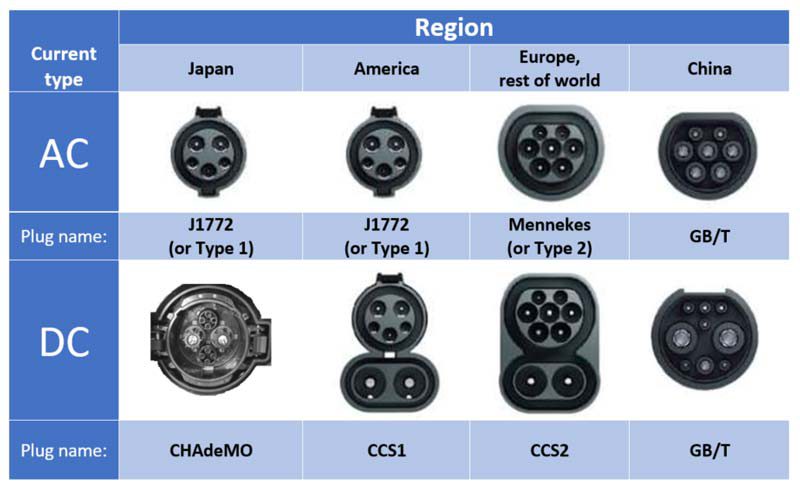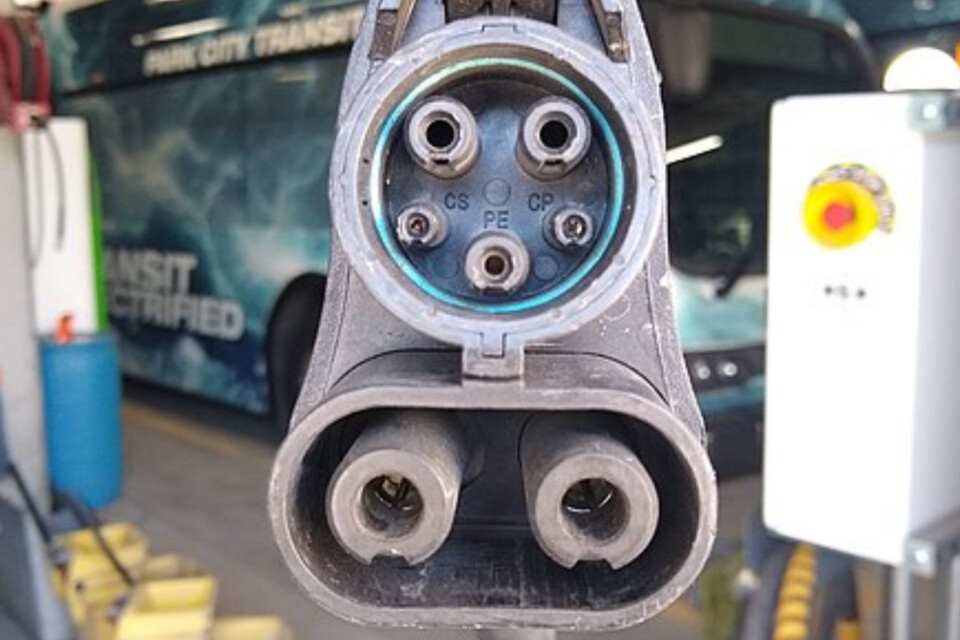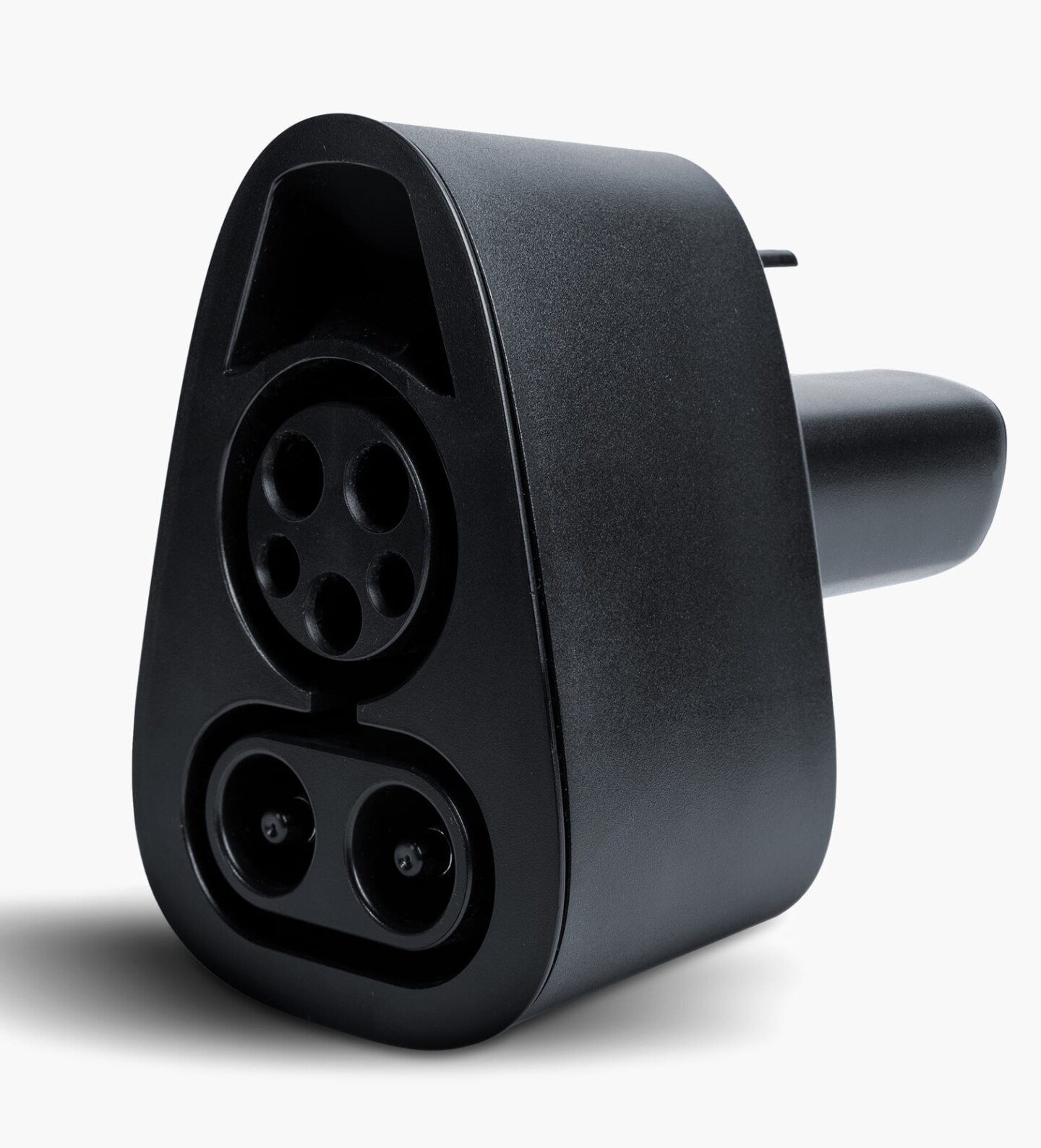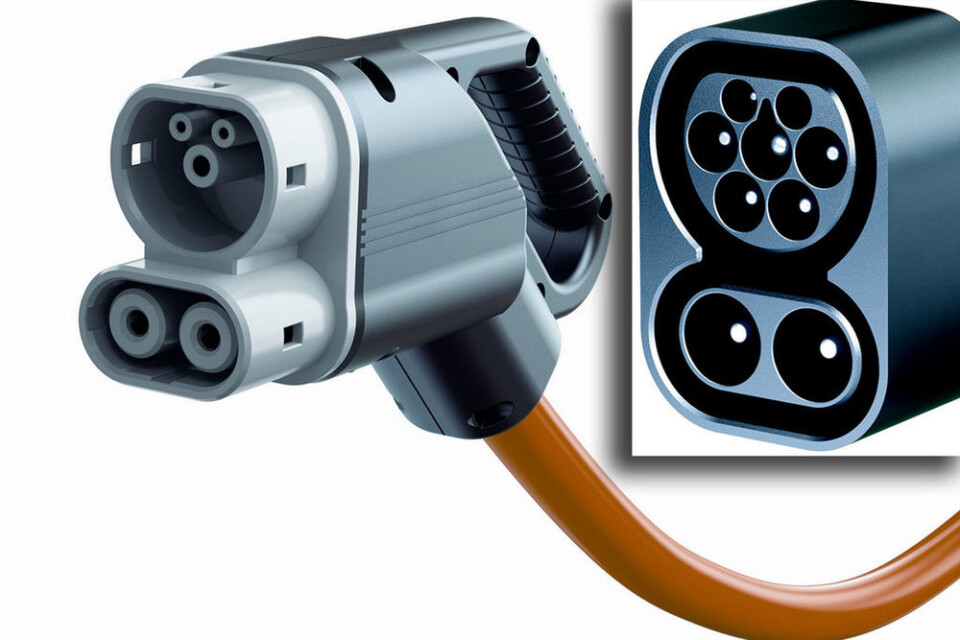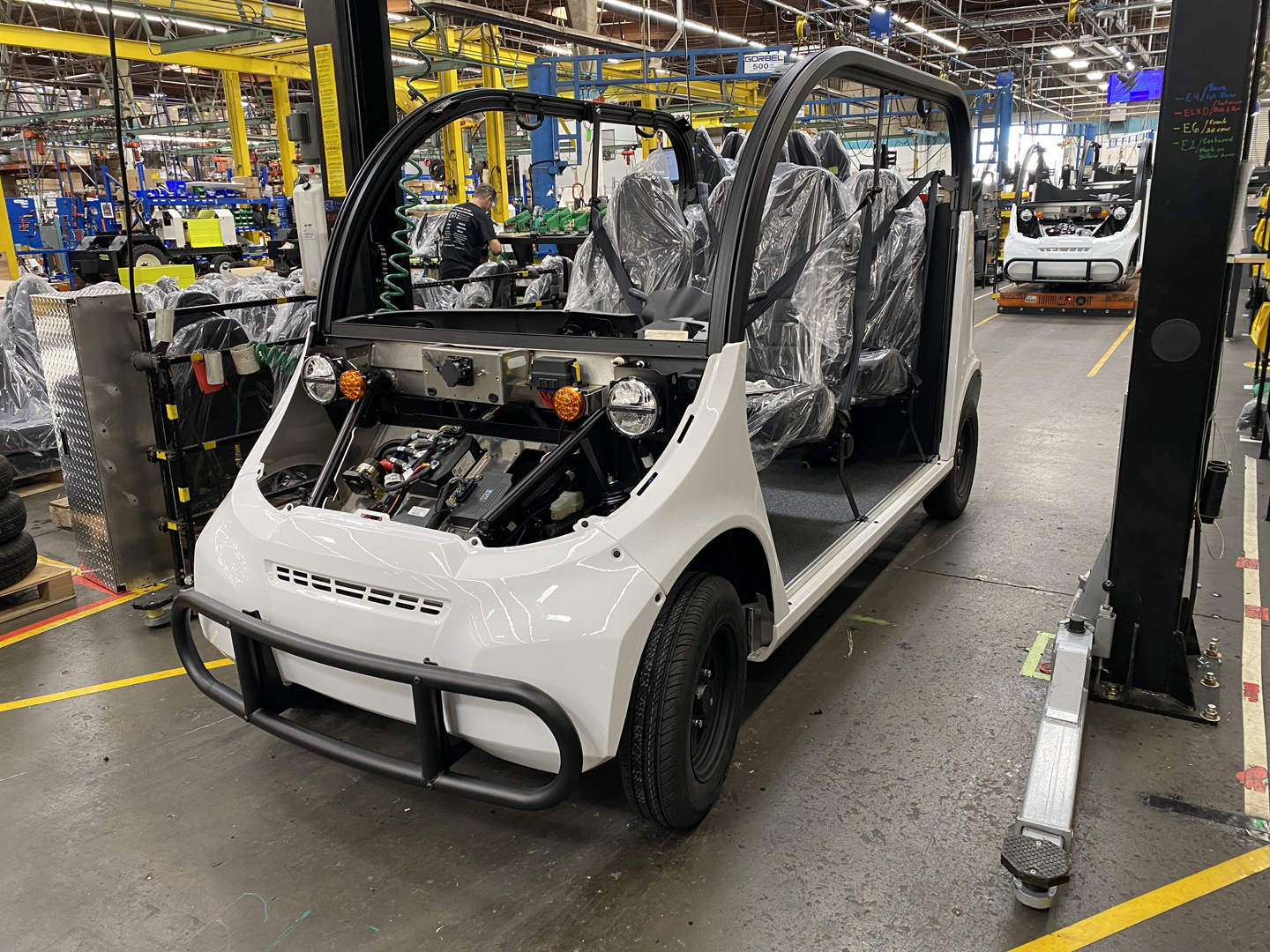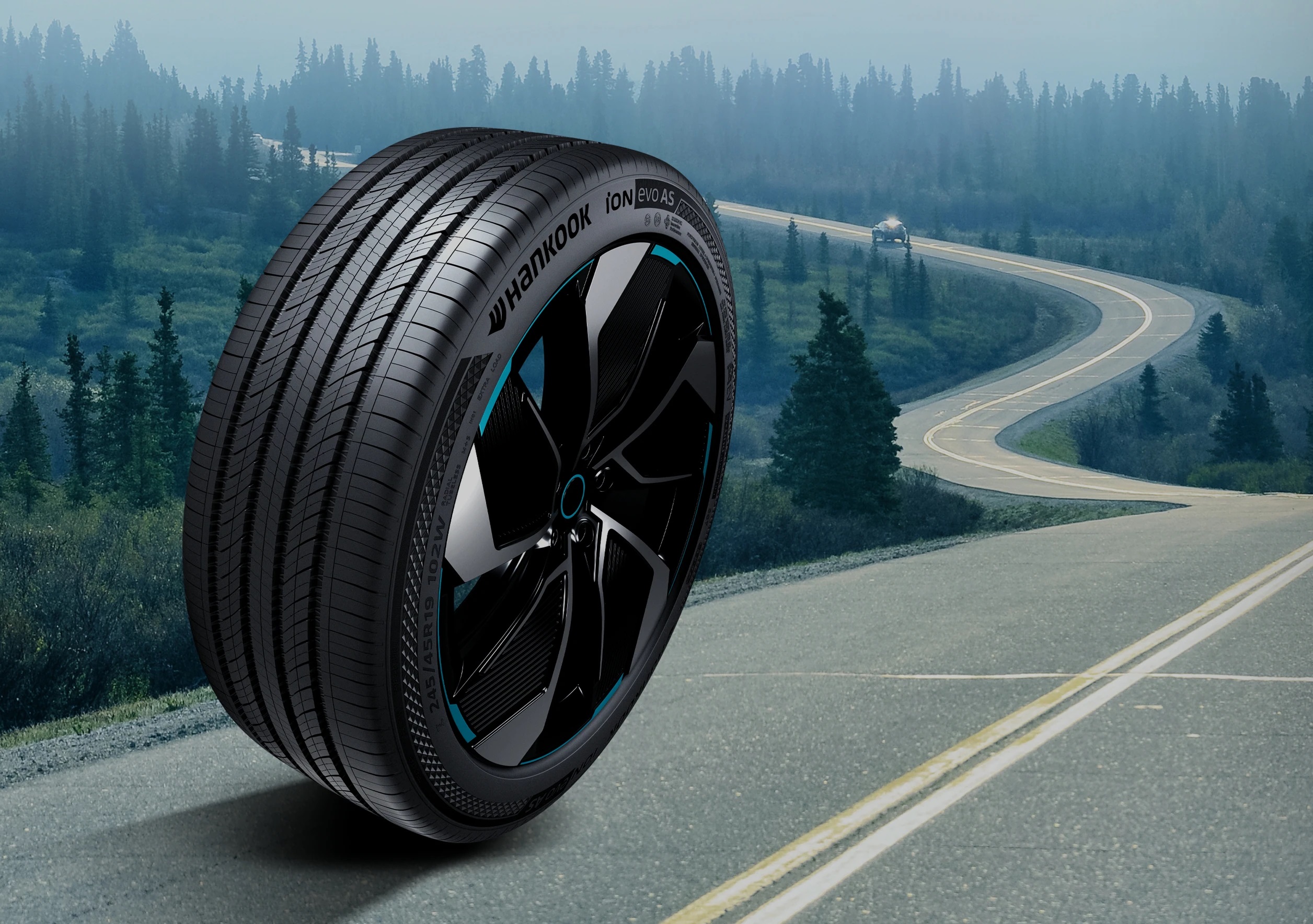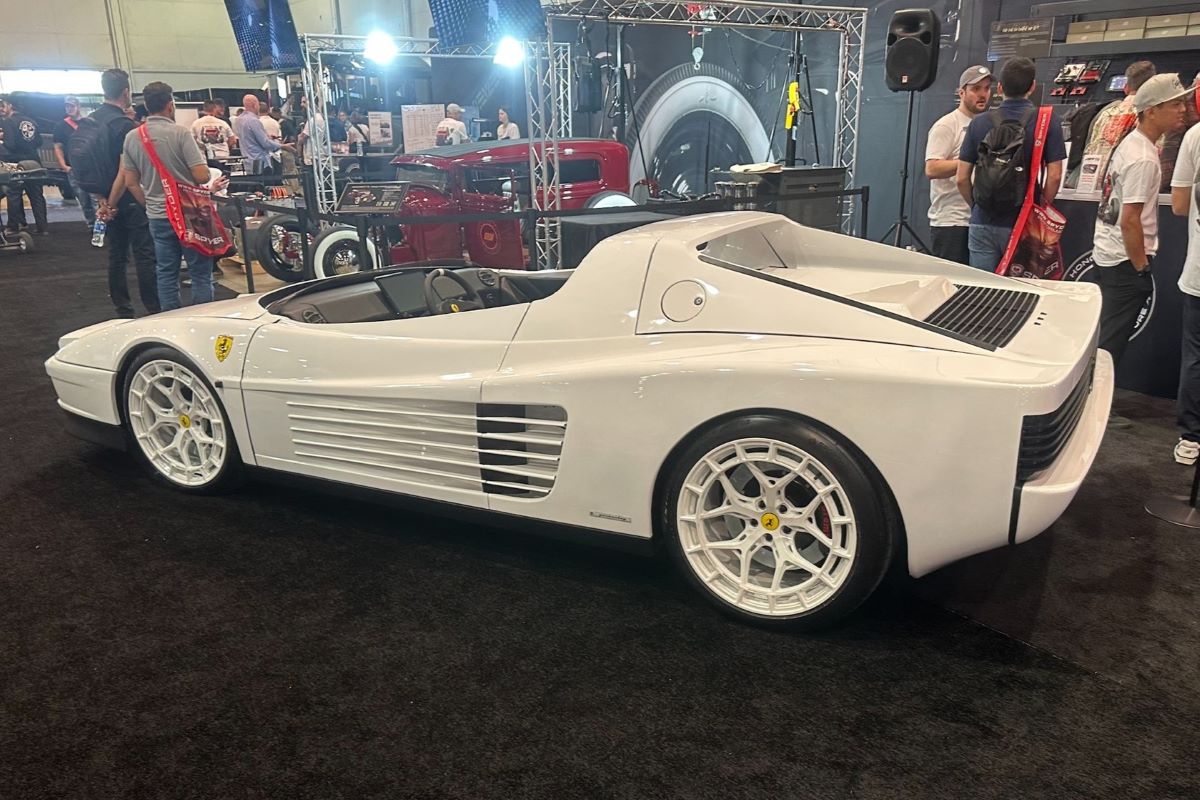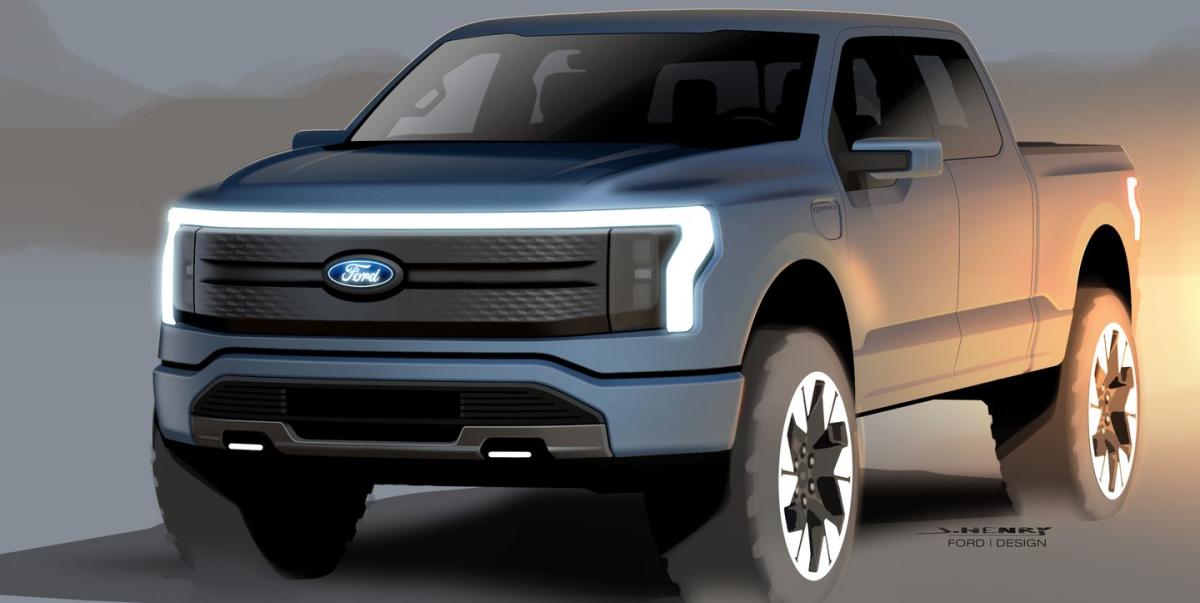Format wars are the price of progress. VHS versus Beta, cassette versus CD, PC versus Mac, and of course iOS versus Android. Over the years, some of these formats have learned to live together, while others battled each other into oblivion. As we barrel ahead into the wild blue yonder of the electrification of the automobile, we are still in the “Wild West” of standardization and what the final form of EVs will take. Battery tech is changing almost daily, assembly line methods are being rewritten, and propulsion systems are evolving as I type this.
In case you missed it, one of the biggest EV format wars was settled recently. As part of a $7.5 billion federal government program to kick-start the country’s adoption of electric vehicles, CCS has been anointed the new standard of EV charging. Let’s start at the beginning and get you up to speed on the acronyms that have now gained permanent status in our tech lexicon.
EV Charging 101
EV charging comes in three flavors, Level 1, Level 2, and DC fast chargers. Level 1 chargers use a regular 110-volt outlet, just like standard home plugs, but take forever to charge. They are considered a practical solution for existing housing and apartment stock, giving up to 40 miles of range in an overnight charge.
Level 2 chargers offer more juice but require a 240-volt outlet, like what your clothes dryer uses. They are used in both residential and commercial settings, such as shopping malls, parking lots, and storefronts, and can give a full charge in about five hours.
DC fast chargers (DCFC) allow for the quickest charge by allowing direct current (DC) into the battery without first converting it from alternating current (AC), which Level 1 and 2 chargers use. DCFC uses a 480-volt outlet and fill up your EV in under an hour. They are costly to install and less prevalent than Level 2 chargers, and not all EVs can fast-charge, with throughput limited by hardware and software. Did we say expensive? DCFCs around $100,000 per station in upfront capital to install.
On the other hand, Level 2 chargers cost between $2,000 and $5,000 to install, with hefty subsidies from utility companies and the government available to defray costs.
Charging In the Wild
Tesla was a pioneer here. They developed and deployed high-speed recharging stations, dubbed the “Supercharger Network,” which can add up to 325 miles of range in just 15 minutes. The company has roughly 40,000 of them worldwide. Its 17,740 fast charging ports in the United States, account for 62% of the total DC fast charging ports in the country, U.S. Department of Energy data reveals. With the adoption of CCS as the industry-wide standard, Tesla is implementing its “Magic Port” to its supercharger network to accept other EV makes as well as big-buck Government subsidies.
Non-Tesla charging stations under approximately 55,000 locations and over 130,563 charging ports, DOE data show, and of those, the vast majority are Level 2 chargers. Nationwide charger coverage is still spotty. California alone accounts for almost a third of the total charging stations across the country. Yikes.
Everything You Need To Know About Plugs
In automaker ads, we see shiny happy people plugging in their EVs inside their modernist homes of the future. That’s all fine and dandy, but most newbies still have no idea what’s going on at the end of the cord attached to their EV. Let’s break it down for you.
There are three types of DC fast charging systems — Tesla, SAE Combined Charging System (CCS), and CHAdeMO, (CHArge de MOve) which (of course) all use different plugs. These three formats have befuddled many EV buyers. New government rules require that any companies hoping to tap the $7.5 billion in federal funding must adopt the CCS standard. This is the reason that the plug format war has been won by CCS. Yup, Tesla and Japan Inc’s CHAdeMO will continue on in existing cars but are now in the same category as the dodo.
Get To Know Combined Charging System (CCS)
The US government-approved plug design for EVs is the SAE J1772 connector, also known as Combo 1. This plug design is a standard connector for electric vehicles in North America and is used for both Level 1 and Level 2 charging.
The J1772 standard was developed by the Society of Automotive Engineers (SAE) in cooperation with major automakers and charging equipment manufacturers. It has been adopted as the standard plug design by the US Department of Energy and is used by most electric vehicle manufacturers in the United States.
The SAE J1772 connector features a seven-pin design, with five pins dedicated to AC charging and two additional DC pins for DC fast charging. The pins are arranged in a specific configuration to ensure that the connector can only be inserted in the correct orientation and to prevent accidental contact with live electrical parts.
The CCS connector, also known as SAE J1772 Combo 1, was coined by the Society of Automotive Engineers, a standards-setting body. The new charging standard represents a significant step forward in the world’s transition toward sustainable transportation. CCS is designed to provide a high-powered and reliable charging solution for electric vehicles, making it easier than ever for people to make the switch to electric cars.
With AC and DC charging capabilities, drivers can charge their vehicles using either AC or DC power, depending on what is available at the charging station. This flexibility is a major advantage over other charging systems, which may only offer one type of charging capability.
CCS can deliver up to 350 kW of power, which means that drivers can charge their vehicles quickly and efficiently. This is a major improvement over older charging systems, which may only deliver a fraction of that power.
The CCS system also offers a number of safety features that make it a reliable and secure option for electric car owners. The system uses a standardized communication protocol to ensure that the charging station and the vehicle are communicating effectively. It also includes safety features such as overvoltage protection, which helps to prevent damage to the battery.
One of the most exciting aspects of the CCS system is its potential to drive innovation in the electric car industry. With a standardized charging system in place, automakers can focus on improving other aspects of their vehicles, such as battery technology and range. This could lead to a new wave of electric cars that are even more efficient and reliable than current models.
Of course, there are still challenges to be addressed as the CCS system is implemented more widely. One of the biggest issues is the need for more charging stations to be installed across the country. However, as the demand for electric cars continues to grow, it is likely that more investment will be made in charging infrastructure.
The CCS represents a significant step forward for electric cars. Its high-powered charging capabilities, flexibility, and safety features make it a reliable and secure option for drivers. As more and more electric cars hit the roads, CCS is poised to play a critical role in supporting this important transition toward a zero-emission future.


